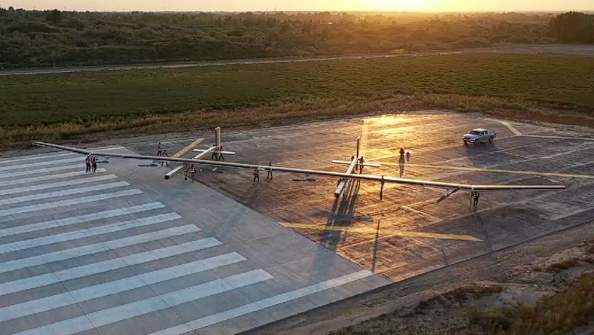Chinese researchers have conducted an experiment allowing an AI to control a satellite’s camera for a full day. During that time, it took photos of different locations on Earth. The experiment aimed to determine how artificial intelligence might help streamline the Earth’s observation satellites’ workflow and prevent them from aimlessly capturing troves of images that require copious amounts of processing back on Earth.
The research team controlled the Qimingxing 1 satellite with a ground-based AI system. The AI autonomously chose areas on the surface to survey and capture images. However, the research team needs clarification on why the AI selected its locations. One of the areas that Qimingxing 1 reportedly targeted was Patna, a city that happens to be the headquarters of the Indian Army’s Bihar Regiment, which clashed with China’s military in 2020. Another location imaged by the AI was Osaka, a crucial metropolitan area in southern Japan and an area that occasionally hosts US Navy vessels operating in the Pacific.
While it is possible that Chinese scientists trained the AI to spot military-related targets and that they could eventually leverage this technology for surveillance purposes, the research team suggested that an AI-controlled satellite could alert select users, including the military, national security administration, and other relevant agencies, if it detected unusual objects or activity.
However, it is essential to note that the Qimingxing 1 test is far from having satellites zoom around low Earth orbit with computers as pilots. Equipping a satellite with artificial intelligence for Earth imaging tasks is nothing new. Like this experiment last fall, Italian company D-Orbit and Swedish startup Unibap collaborated on the ION satellite carrier, which used Amazon Web Services’ machine learning software to process and transmit images from space.





